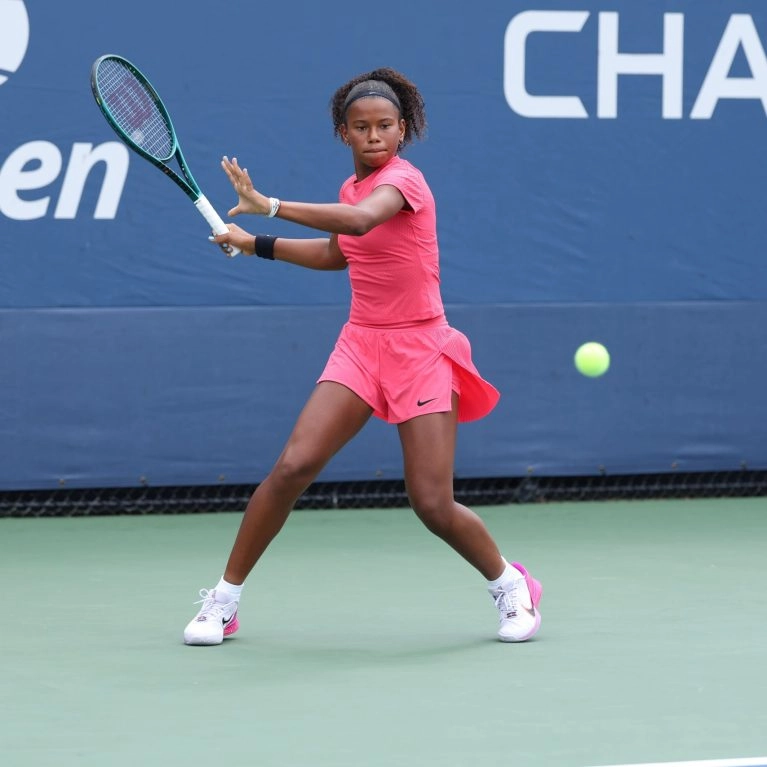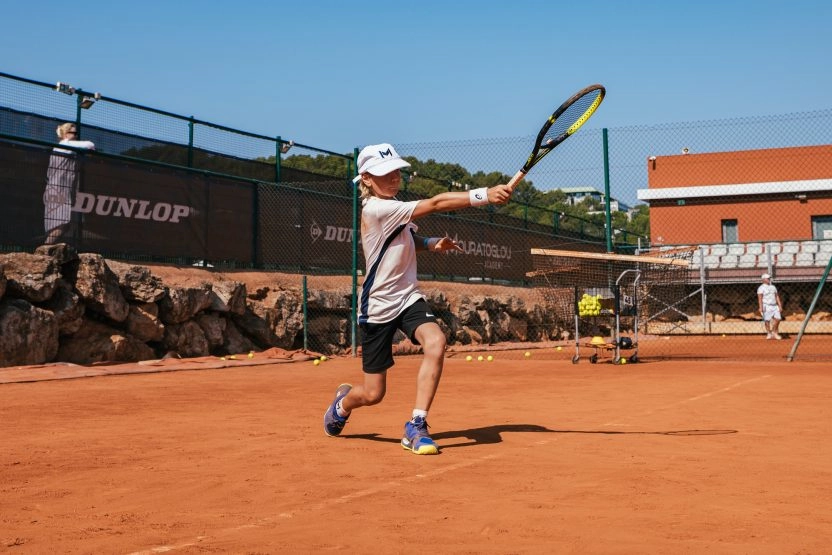The continental plug
The continental grip is one of the most versatile grips, although it is used less for forehands today. It is used more for serves, volleys and certain defensive shots:
- Advantages: Allows great versatility and increased control in defensive shots.
- Disadvantages: This grip does not generate a powerful topspin, which limits its effectiveness on the forehand.



















